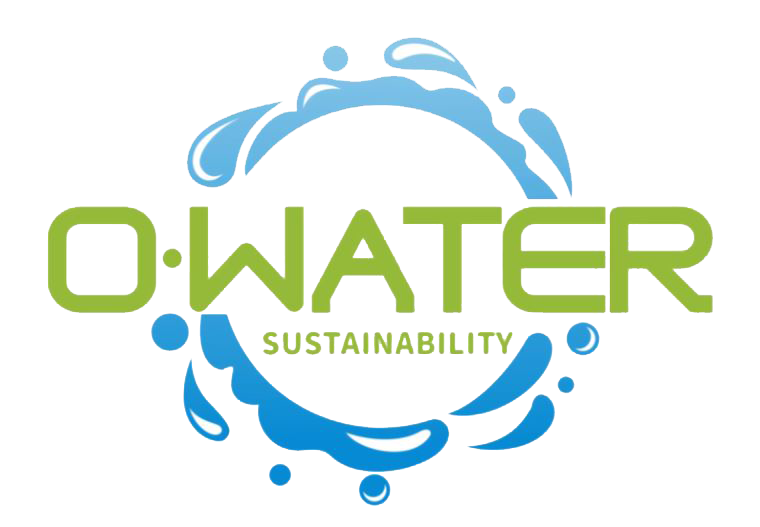An Analytical Review of Water Consumption Trends in China and Their Implications for Sustainability Practices
- Mario Castro Rojas
- Jul 5
- 3 min read
Water is essential for life, yet it has become a critical issue, especially in rapidly developing countries like China. With over 1.4 billion people and a wide range of industries, China's water consumption patterns present unique challenges and opportunities for sustainable practices. This post examines the statistical trends in water consumption, assessing their implications for sustainability strategies.
Current Water Consumption Statistics in China
China is the largest user of water globally, making up about 20% of all water consumption. On average, the country consumes approximately 600 billion cubic meters of water each year. This overwhelming figure highlights the country's significant demand due to agricultural practices, industrial growth, and rising domestic needs.
Notably, agriculture is the biggest consumer, using around 62% of total water consumption. This sector is vital for feeding both the local population and export markets, emphasizing the urgent need to balance water use with conservation efforts.

The industrial sector follows closely, accounting for approximately 25% of water usage. Key industries such as manufacturing, mining, and energy production heavily contribute to this demand. This trend emphasizes the need for effective water resource management as industries continue to grow.
Finally, domestic water use makes up the remaining 13%. However, with an increasing urban population, per capita water usage continues to climb. Urbanization boosts demand and heightens competition for this essential resource.
Regional Variations in Water Consumption
Water consumption in China is diverse and varies significantly across different regions. Northern areas like Tianjin and Beijing experience severe water scarcity, with per capita water resources sometimes falling below the annual average of 300 cubic meters per person. In contrast, southern regions, blessed with abundant rainfall and rivers, enjoy higher water availability.
These regional disparities can lead to significant tensions. To promote sustainable practices, it is crucial to recognize these differences. Effective resource distribution strategies will enhance conservation efforts and optimize water usage across varying regions.

Trends Impacting Water Consumption
Climate Change
Climate change is a significant challenge for China's water resources. Rising temperatures and shifting rainfall patterns can create droughts in already scarce areas and lead to floods elsewhere. As climate change continues, regional water availability varies greatly, necessitating a thorough reevaluation of water management strategies.
To enhance sustainability, incorporating climate resilience into water practices is essential. Both urban and agricultural sectors must adapt their strategies to mitigate their environmental impact.
Urbanization and Industrial Growth
Rapid urbanization in China dramatically affects water consumption. As cities grow, demand rises for residential water, sanitation, and urban green spaces. Moreover, industrial development, particularly in fields like manufacturing and energy, increases water needs.
To tackle this escalating demand, sustainability officers should focus on advanced solutions like water recycling, efficiency improvements, and innovative technologies. Not only can these approaches reduce pressure on existing water supplies, but they also align with broader sustainable development goals.
The Role of Policy and Regulation
Recognizing the urgency of water conservation, the Chinese government has introduced several policies aimed at improving water management. These regulations often focus on promoting water-saving technologies, boosting efficiency in agricultural practices, and protecting water sources from pollution.
However, achieving success in these areas can be challenging due to enforcement issues. Sustainability professionals must advocate for stricter compliance measures while also supporting community education initiatives that encourage responsible water usage.
Aligning these policies with sustainable development goals can create synergies that effectively enhance overall sustainability in China. Comprehensive planning and collaboration will lead to more effective water resource management.
Implications for Industry Leaders
For sustainability officers and COOs in manufacturing, understanding water consumption trends is critical for maintaining compliance and ensuring business longevity. Water shortages can increase costs, disrupt operations, and harm reputations.
Prioritizing sustainable water practices is not just a good idea; it is imperative. Companies can innovate by investing in water-efficient technologies, adopting best management practices, and actively engaging in conservation efforts.
Moreover, industry stakeholders should promote transparency around water usage. Demonstrating commitment to sustainable efforts can enhance brand loyalty and build trust with stakeholders.
The Path Forward
Water consumption trends in China bring both challenges and opportunities for sustainable practices. Balancing growth and conservation is more essential than ever, necessitating collaboration between government, industry, and communities.
As leaders in sustainability and decision-makers in manufacturing, understanding and responding to these trends is vital. Advocating for innovative solutions and effective practices promotes responsible water usage. By addressing the complexities of water consumption in China, industry leaders can help create a more resilient and sustainable future, ensuring this crucial resource remains available for generations to come.





Comments